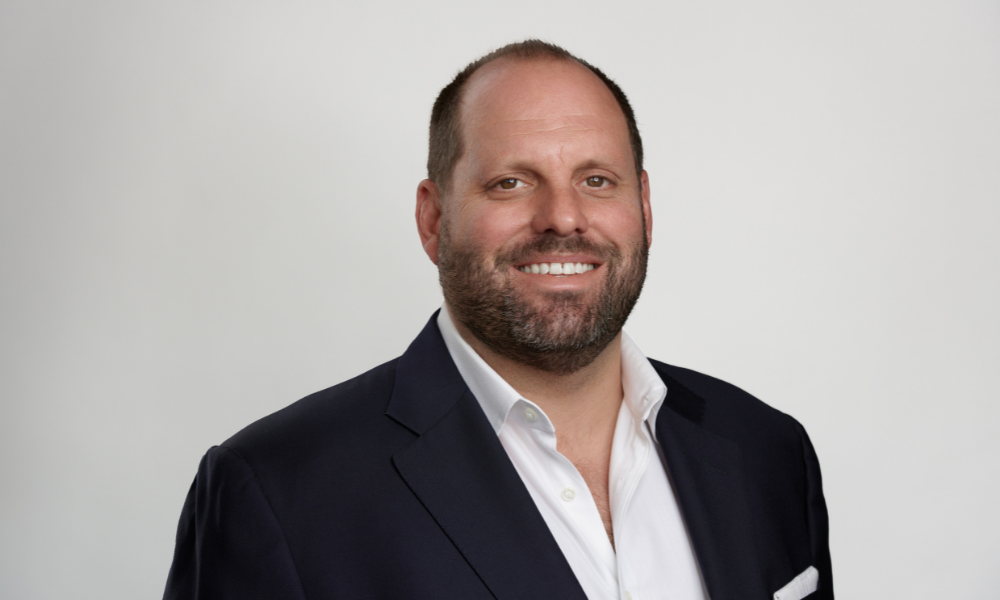One leading commercial real estate lender is capitalizing on a recent surge in investor interest

This article was produced in partnership with Liberty SBF
Karen Surca of Mortgage Professional America sat down with Alex Cohen (pictured), co-founder and CEO of Liberty SBF, to talk about investor interest in non-recourse bridge loan options moving into the first financial quarter of 2022.
With another fiscal year nearly over and the worries of COVID fading slightly, many lenders in the commercial sector are tracking new investor preferences as well as overall trends for commercial loan types to suit current market needs.
For Liberty SBF, renewed investor interest in commercial bridge loan opportunities is a big focal point.
As Alex Cohen, chief executive officer with Liberty SBF, pointed out to Mortgage Professional America, “We are back in bridge lending in a big way.”
Funding over $2 billion in loans to commercial property investors, as well as small to medium businesses, Liberty SBF’s business model rests firmly on a specialization in small-balance commercial lending for loans from $500k to $15 million.
While offering different types of conventional and government-guaranteed loans, Cohen highlighted two new bridge loan products that will be a primary focus for Liberty SBF in 2022 based on increased market demand.
Light lift bridge loans
Recognizing the upswing in investor interest in bridge loan options following a noticeable dip in overall bridge loan activity during COVID, Liberty SBF recently announced the introduction of a bridge loan product catering to an untapped niche in the market.
“This is a non-recourse, floating rate bridge loan for financing ranging from $5 million to $15 million and I think that the big hallmark of these deals is that they are smaller balance,” Cohen explained.
Read next: How Does Bridge Financing Benefit Investors?
Strong fundamentals for commercial real estate, new and enhanced loan products have emerged.
“These loans are non-recourse – the collateral for the loan is the property rather than the borrower – and they fall in the 5% range in terms of rates,” Cohen added.
The feature, however, that enables Liberty SBF’s light lift loan to stand out from other bridge loans on offer comes down to the size of the deal.
Most bridge loans with similar features cater to the $10 million-plus market. Liberty can go down to the $5 million level, which is better suited for smaller to medium businesses’ financing needs.
“There are a lot of debt funds out there providing non-recourse financing like this. I think the size of our loans differentiates us from other debt providers in the market for this type of product,” Cohen reflected.
“The big caveat is that we need to see some in-place cash flow for those property types for a borrower to qualify for those types of deals. Most of the collateral relates to multifamily with some exposure to commercial and hospitality,” Cohen further highlighted.
He illustrated that the bridge loans can be used for various purposes. “Whether it be for acquisition or refinancing, a borrower is executing some sort of business plan. These are primarily deals that have some sort of cash flow in place.”
Heavy lift bridge loans
Contrary to the lighter lift option product offered by Liberty SBF, the second bridge loan option starts at a higher price point; however, there is no requirement for in-place cash flow.
This product is geared more towards construction, specifically for adaptive reuse purposes, or quick closes, and is considered a heavier lift loan.
Is there a new normal in commercial lending?
“Although we see the need for ground-up construction, we are more focused on financing towards converting an existing structure into multifamily. For example, we’re starting to see some interesting opportunities in the realm of hospitality-to-apartment conversion,” Cohen stated.
If the borrower presents a more extensive business plan, Cohen explained, Liberty SBF is well-positioned to offer financing options to address the investor’s specific requirements.
“We are excited about those types of opportunities. There is a strong demand for heavier lift bridge loan products in the market. The whole realm of commercial financing is in such high demand right now,” Cohen summarized.
The year ahead
Currently, there are several factors driving the commercial sector. Chiefly, low interest rates and the continued need for rental opportunities, as well as distinct housing shortage across the country.
Even with a slight upward trend in interest rates in the new year, Cohen predicts that commercial lenders will see bright prospects on the lending horizon. The main trends that are influencing the mortgage sector today will likely continue well into the new year. Construction demand will remain high, as well as the need for financing solutions to address housing needs.
“We are excited to continue to look at opportunities. We have a small window of opportunity between now and the end of the year to close loans that hit our pipeline. Beyond this, we are certainly optimistic as we move into the first financial quarter of 2022,” Cohen concluded.
Alex Cohen is co-founder and CEO of Liberty SBF, a nationwide commercial real estate lender. With over 18 years of relevant investment and lending experience, Alex previously worked in fixed income trading and portfolio management at M&T Bank, where he helped manage the bank’s multibillion dollar discretionary asset portfolio of commercial mortgage-related securities. He also has experience in middle market private equity including hospitality focused investments.



